How Wages Determine Roth Catch-Up Contributions
What Multi-Entity Employers Need to Know
The SECURE 2.0 Act introduced a major shift for high earners: beginning in 2026 (extended from 2024), employees who earn more than $145,000 in FICA wages from a single employer will be required to make catch-up contributions to a Roth account if they want to make them at all.
For businesses with multiple entities, related companies, or complex pay structures, this change is more than a payroll update , it’s a cross-functional coordination challenge. It requires payroll providers, recordkeepers, plan sponsors, and advisors to align well before the deadline to ensure that data is correct, systems are ready, and participants are informed.
At The Asteri Collective, we see this as an opportunity to bring the entire retirement ecosystem to the same table, align the rules of engagement, and create industry-level consistency in how this change is implemented.
First: What Qualifies as Wages for Roth Catch-Up Eligibility?
Catch-up contribution rules apply to participants age 50 or older. Under SECURE 2.0, if those participants earned more than $145,000 in wages subject to FICA taxes from the same employer in the prior year, any catch-up contributions must be made as Roth contributions (i.e., post-tax).
Key Point: The $145,000 threshold is entity-specific, not plan-wide. It’s based on W-2 wages reported under a single EIN, not aggregated across a controlled group unless the entities are treated as one under IRS controlled group rules.
Why This Matters in Multi-Entity Structures
Consider an employee earning:
- $90,000 from Entity A (EIN 1)
- $70,000 from Entity B (EIN 2)
Even if both entities participate in the same 401(k) plan, each EIN is viewed separately for Roth catch-up eligibility unless there’s a controlled group election or common paymaster arrangement in place.
If neither structure exists, neither wage stream crosses the $145,000 threshold individually, so Roth catch-up rules wouldn’t apply , yet the participant might still contribute under pre-tax rules, depending on plan design.
However, if both entities are part of a controlled group and the IRS requires wage aggregation, the participant may be forced into Roth catch-up status depending on how payroll is handled.
The Asteri Collective’s Industry-Level Checklist
Because this requirement affects multiple stakeholders, we encourage firms to address the following now , not in 2026:
Audit Payroll and Plan Participation Data
Identify who is earning what, and under which EIN. Pay particular attention to employees who split time or compensation across subsidiaries.
Clarify Controlled Group and Affiliated Service Group Status
IRC §414(b) and §414(c) aggregation rules can change the outcome for Roth eligibility. We help define these relationships early so no one is caught off guard.
Align Plan Documents with Payroll Systems
Most payroll systems are not yet configured to block pre-tax catch-up contributions based on the Roth mandate. This alignment must happen before the deadline.
Educate Participants and Advisors
This change impacts tax treatment and contribution strategy. We coordinate messaging so participants and advisors understand the “why” as well as the “what.”
The Asteri Collective’s Role
The Roth catch-up rule for high earners is not just a technical requirement for Retirement Plan Consultants; it’s a case study in how the retirement ecosystem either works together or falls apart. The Asteri Collective sits at the intersection of plan sponsors, payroll providers, advisors, DCIOs, and recordkeepers, driving early conversations and consistent implementation strategies.
Because of our national network and deep cross-segment relationships, we:
- Bring home offices, service providers, and compliance teams into alignment.
- Ensure recordkeepers and payroll vendors have the same eligibility logic and data flows.
- Help broker-dealers and wirehouses equip their advisors with clear, actionable guidance.
- Establish repeatable processes that can be adopted across plans and providers.
This isn’t just about making Roth catch-up contributions work for one employer; it’s about setting a standard for the industry.
Playing Catch-Up with the Catch-up Mandate
The SECURE 2.0 Roth catch-up mandate is a test of readiness, communication, and coordination across the retirement plan ecosystem. For multi-entity employers, it’s also a test of how well your partners understand the intersection of plan design, payroll structure, and compliance.
By working with an Asteri Collective member company, you’re not just hiring a technical expert, you’re engaging an organization that shapes how the industry responds to change, builds operational standards, and ensures that when 2026 arrives, your plans are already compliant, your partners are already aligned, and your participants are already informed.





